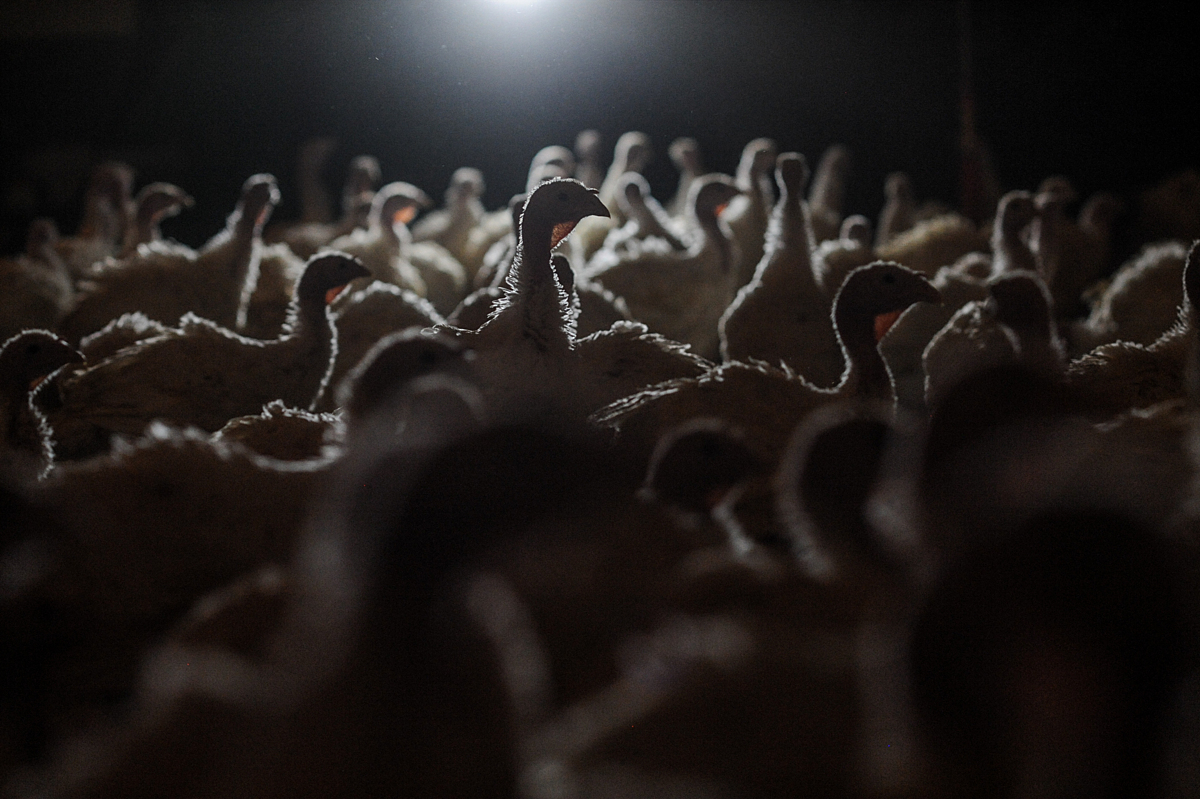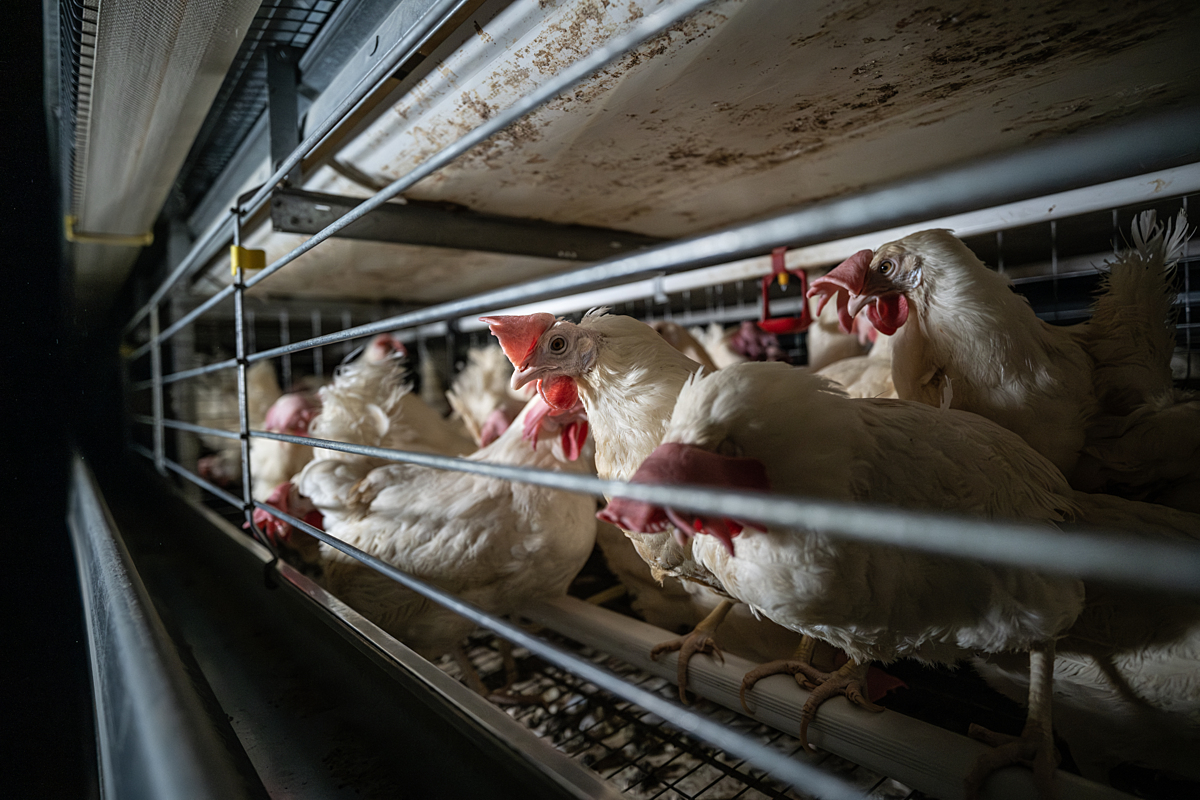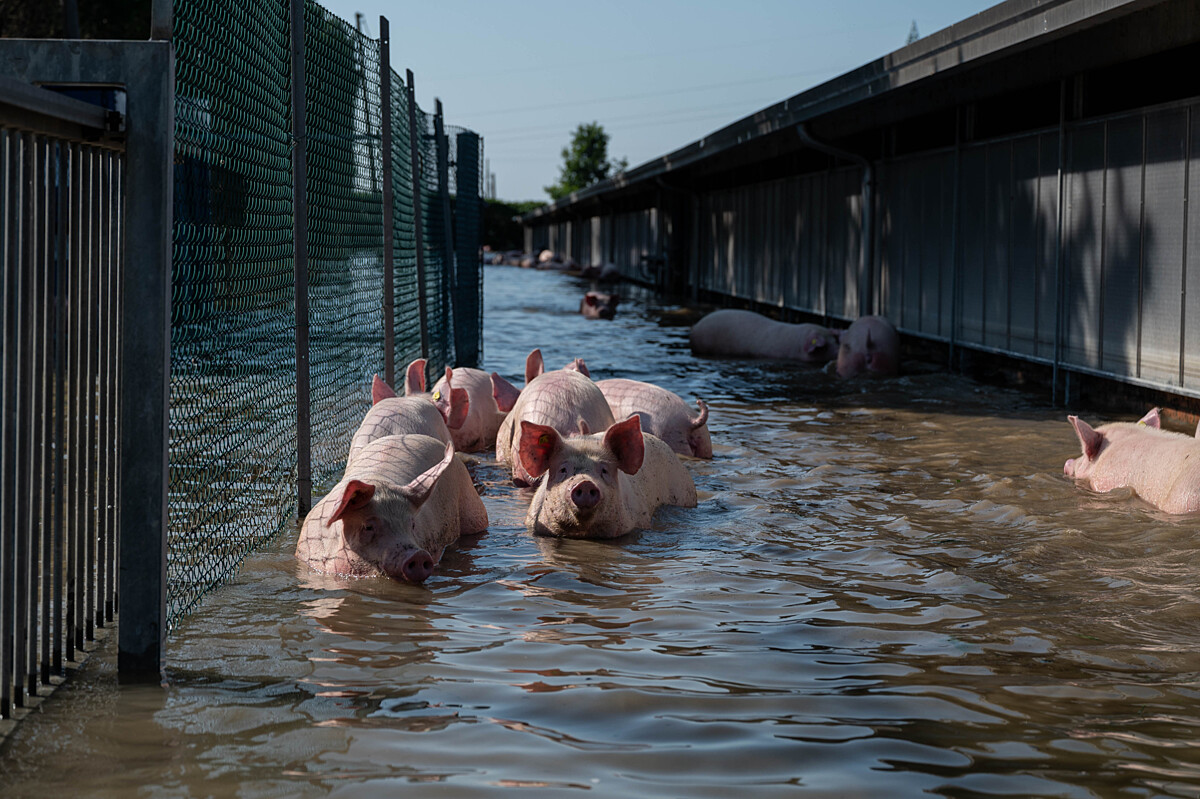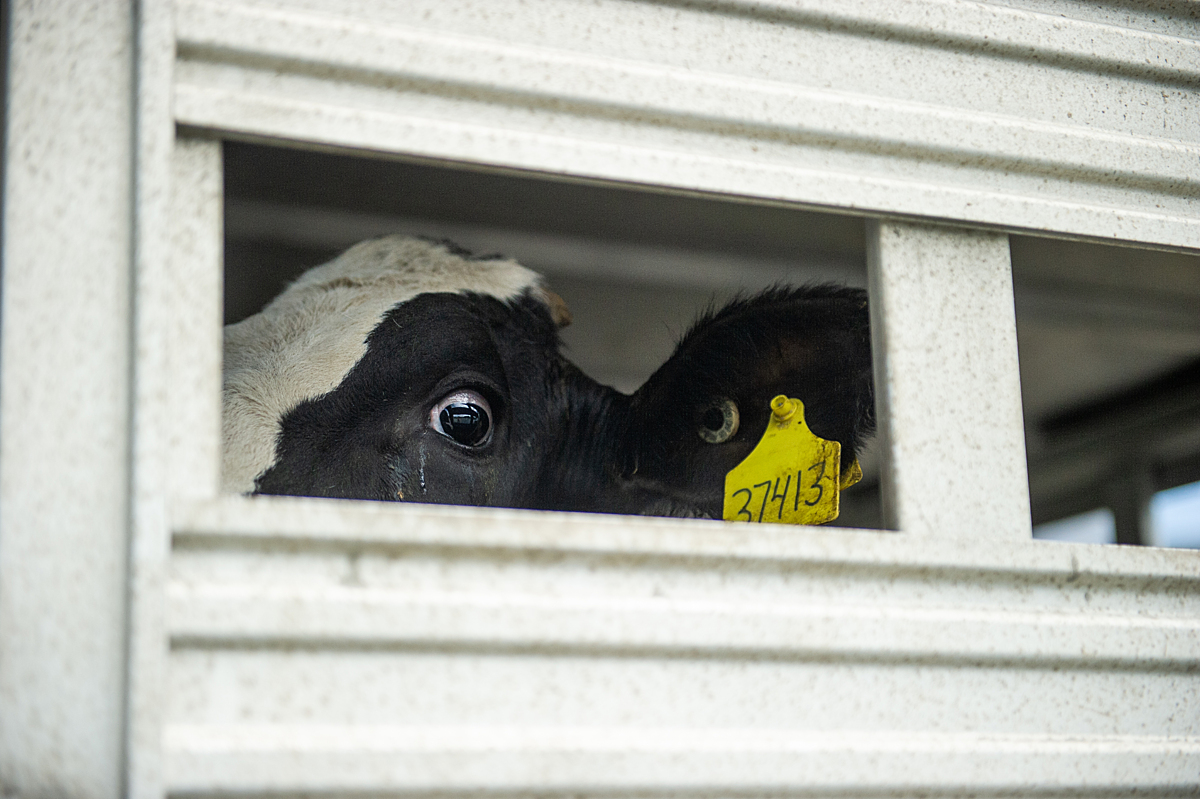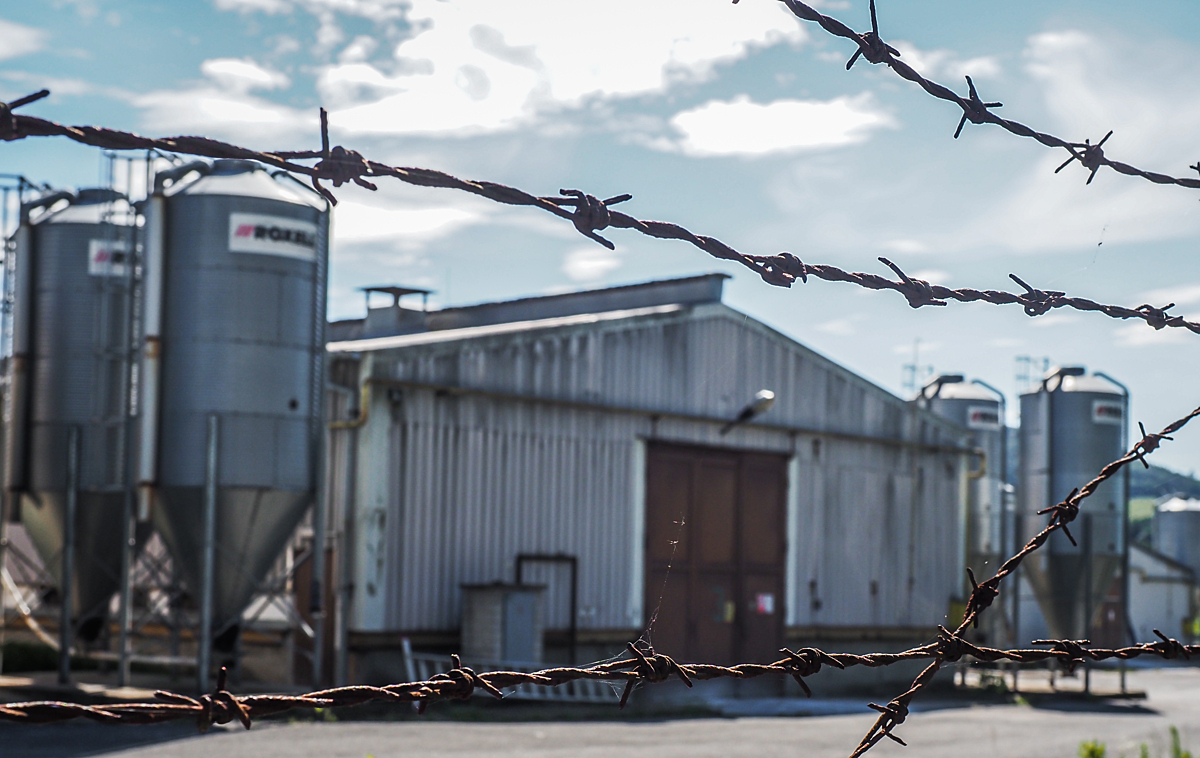Nearly all farm animals nationwide (over 99%) are kept on intensive farms, crowded by the thousands, subjected to pain and neglect, and denied the chance to experience a natural life.
Factory farming is cruel to workers, communities, and our environment, too—and for most farm animals, it’s a nightmare they never get to wake up from. Here’s why.



